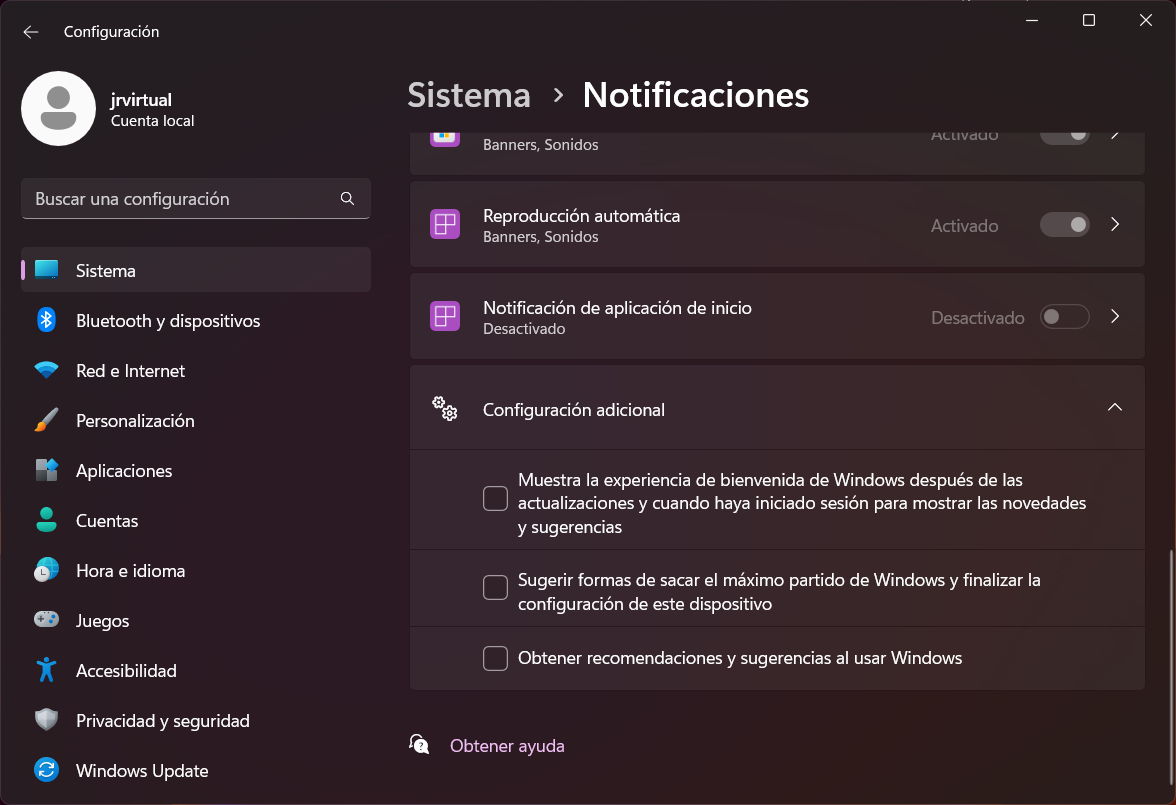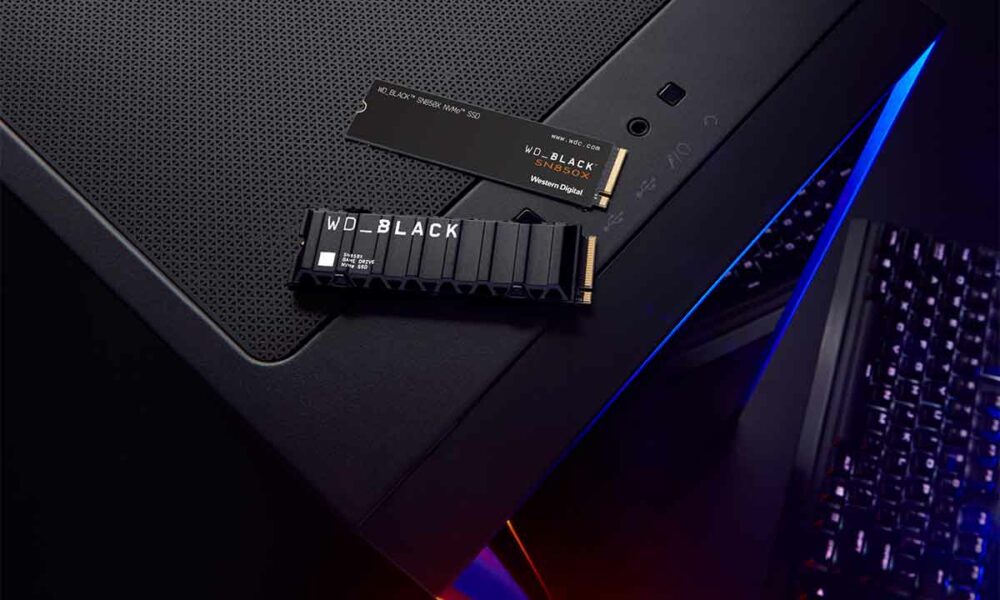
A PC that takes forever to boot is extremely frustrating and negatively affects productivity and user experience. If this is your case, you should know that there are certain ways to speed up the startup of Windows 11, or Windows 10 because they are similar techniques.
We are going to review some without going into the use of third-party applications (some paid) that promise a lot and actually do little or nothing. We focus the task on touching certain components of the same system/PC, to end up recommending those minimal hardware updates that will help us because there are times when more miracles cannot be done with software.
How to speed up Windows 11 startup
Quick start
Windows 11 (and Windows 10) has a feature that reduces boot time and it works similar to how hibernate mode does. Windows Fast Startup it does exactly what its name suggests, as it preloads the Windows kernel and drivers before the computer shuts down.
To use fast startup, you must first activate hibernation mode if you have not already done so. Access the alternative Start menu (right click on the start button and click Windows Terminal in administrator mode.
There run the command powercfg /hibernate on to activate hibernation.
Once the above is done, access the control panel> Power options> Choose the behavior of the start / shutdown button. By clicking on change the configuration you can enable fast startup.
Task Manager
The configuration of the programs that start with the computer is a Vital step in speeding up the startup of a PC. You can configure the boot in several ways, although the ideal is to do it from the task manager (task manager).
Access its settings using the hotkey combination “Ctrl + Shift + Escape”. On the Startup tab, you’ll see the apps that load at startup, their status, and impact. Right-click on those that are not essential to you and deactivate them.
Third-party tools that include a startup configurator can also be used for this management. For more advanced users, Autoruns for Windows is an ideal application because it includes official Sysinternals tools and allows you to manage a larger number of startup parameters.
Background apps
They are another of the parameters to review because place an unnecessary load on the system in most cases, affecting boot and general performance. And Windows 11 (like Windows 10) has a huge number of system-specific ones. Go to System Settings > Applications. Click on the three points > Advanced options.
There you can select “never” to deactivate its load. You will be able to access them when you need it but without the startup load that it supposes for the system.
Windows Tips and Notifications
Other system processes that need to be managed include “windows tips” with which Microsoft gives us. It seems harmless but the process scans the computer at the cost of charging performance. You can turn it off in Settings > system > notifications.
In that same section you can remove the Windows welcome experience at sign-in and the startup app notification.
Lock screen and password
In the General Settings> Personalization> Lock screen you can manage this screen that the truth is, on a desktop computer it is pretty irrelevant. If you uncheck its use, Windows 11 will start without going through it, saving time to add to all of the above.
The same is the startup password to the operating system. Very useful in shared computers and necessary in equipment for mobility, but if you have
CPU and RAM optimization
There are applications that monopolize the use of the processor and RAM from the very beginning, slowing down the rest. The management of some is complicated because they are services of the same system. Others are easier to understand and avoid. An example is OneDrive, Microsoft’s cloud storage service, active by default in Windows 11 and which works great but for the users who use it. If this is not your case or you use Dropbox or Google Drive, it can be deactivated in the “Local Group Policy Editor”.
Press on the “Windows + R” hotkeys, type gpedit.msc and press enter. In Computer Configuration> Administrative Templates you have a lot of options that you can configure, for example prevent the use of onedrive. You have to know what it disables but it is a very powerful tool with which you can leave the system according to your needs.
Windows Appearance
The configuration of the Windows 11 appearance by default is another parameter to manage, especially in low-level hardware equipment. Go to control panel> System> Advanced system settings> Advanced options> Performance> Settings. Enabling the setting for best performance is a good way to save resources.
bloatware
Windows 11 (same as Windows 10) is not exempt from bloatware, unnecessary or unwanted files that take up space, resources, are redundant and are loaded and updated in the background. “Junk” software, useless applications and services that penalize the user experience, reduce performance, stability and also penalize the start of the system itself. Invest a little time to strike down everything you don’t need. Many can be uninstalled in the typical way, but if you need something more powerful, you can use free apps like Bloatware Removal Tool.
Improve the Hardware
If you perform all the above actions, you will speed up the startup of Windows 11 for sure. However, there will come a time when the limitations are imposed by the hardware itself. Without having to change the entire hardware there are a couple of upgrades that will offer immediate boot and system performance benefits. One of them is use a PCIe SSD instead of a hard drive or a SATA SSD and the second is increase RAM at a reasonable level to cover the main tasks of the PC.














